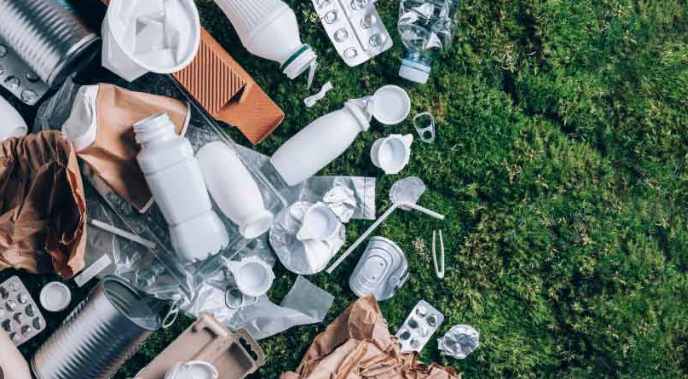The world's oceans are replete with an assortment of plastic debris, ranging from discarded fishing gear to microplastics that are less than 5mm in size. Among all these pollutants, one particular type of plastic stands out for its ubiquity and the severe threats it poses to marine life: single-use plastic.
Single-use plastics are items we use only once before discarding them. They include plastic bags, straws, coffee stirrers, soda and water bottles, and most food packaging. According to research, single-use plastics make up about half of the plastic waste in the world's oceans.
Specifically, plastic bottles, bags, and food wrappers constitute the most frequently found items during ocean clean-ups. Among these, plastic bottles hold a significant lead. These bottles are lightweight, durable, and buoyant, which allows them to travel great distances on ocean currents. Over time, they break down into smaller fragments, which marine animals can mistake for food, leading to injuries and fatalities.
Similarly, plastic bags represent another major contributor to marine plastic pollution. Like bottles, bags can travel vast distances and cause harm to marine life. Sea turtles, for instance, often mistake floating plastic bags for jellyfish, a primary food source, leading to ingestion and subsequent harm.

On the microscopic level, microplastics, minute plastic fragments smaller than 5mm, pervade the oceans. These particles often result from the degradation of larger plastic items, though some come from microbeads in cosmetics or synthetic fibers in clothes. Bonito.Because of their tiny size, they can infiltrate virtually all marine environments and enter the food chain at every level, causing potential harm to organisms and ecosystems.
So, while single-use plastic items, particularly plastic bottles and bags, may be the most common types of plastic pollution found in the oceans, microplastics also warrant significant concern due to their ubiquity and potential harm.
Tackling the issue of plastic pollution in our oceans requires a comprehensive, global effort. It means reducing our consumption of single-use plastics, improving waste management systems, innovating in recycling technology, and promoting the use of biodegradable alternatives. Only through such collective action can we hope to restore the health and vitality of our oceans.
In conclusion, the question of which plastic is the number one plastic in the ocean points clearly to single-use plastics, notably plastic bottles and bags, followed closely by pervasive microplastics. Each of us can play a part in solving this problem by reconsidering our consumption habits and choosing sustainable alternatives wherever possible.